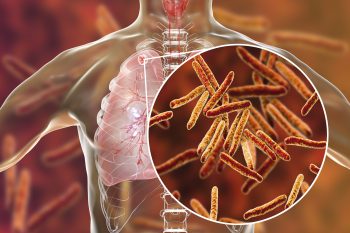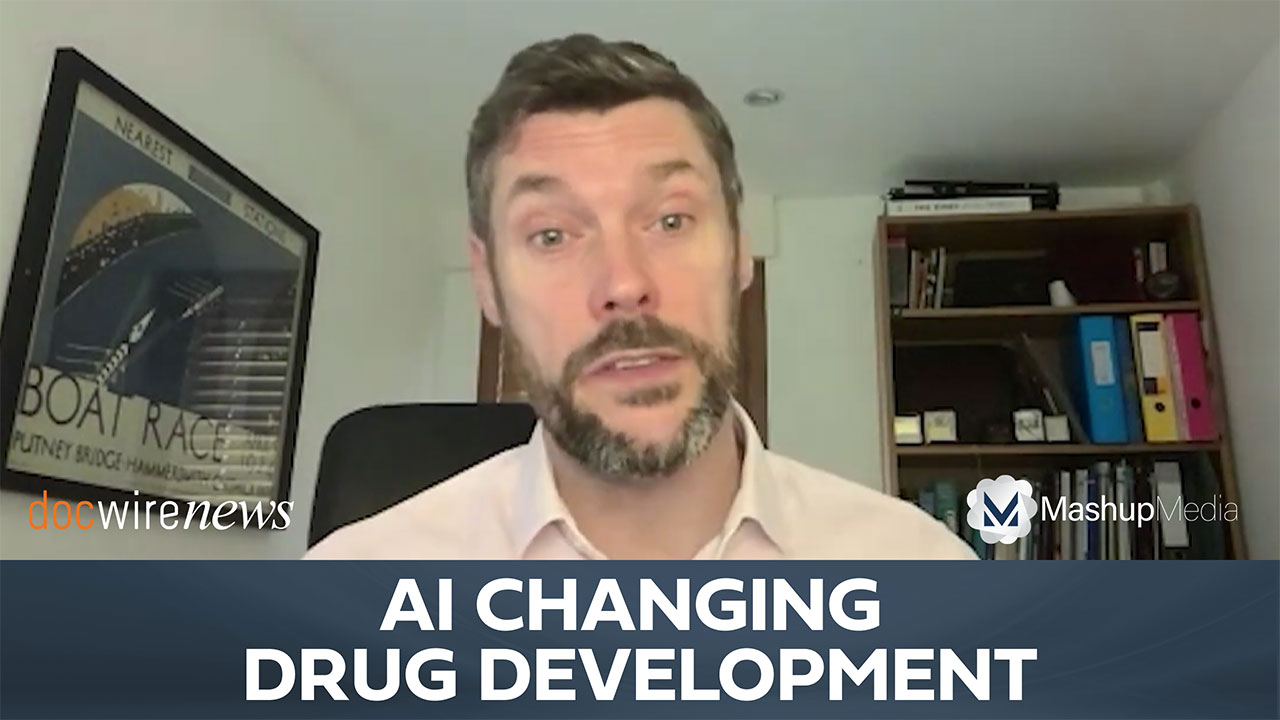
A new artificial intelligence (AI) platform created by researchers from the University of Michigan is capable of predicting how current tuberculosis treatments can be combined to create more effective solutions. This work was published in mBio and was supported by the National Institutes of Health (NIH) and the University of Michigan Precision Health and MCubed initiatives.
“This could replace our traditional trial-and-error system for drug development that is comparatively slow and expensive,” explained research leader Sriram Chandrasekaran, an assistant professor of biomedical engineering at the University of Michigan.
This software, INferring Drug Interactions using chemoGenomics and Orthology (INDIGO), has shown that the effectiveness of certain tuberculosis drugs can be enhanced when used in concert with unexpected compounds such as antipsychotics or antimalarials.
“This tool can accurately predict the activity of drug combinations, including synergy—where the activity of the combination is greater than the sum of the individual drugs,” added first author Shuyi Ma, a research scientist at the University of Washington. “It also accurately predicts antagonism between drugs, where the activity of the combination is lesser. In addition, it also identifies the genes that control these drug responses.”
Some of the most effective combinations identified by INDIGO were as follows:
- The combination of tuberculosis drugs Bedaquiline, Clofazimine, Rifampicin, Clarithromycin with the antimalarial drug P218.
- A treatment consisting of Bedaquiline, Clofazimine, Pretomanid, and the antipsychotic drug Thioridazine.
- A combination of antibiotics Moxifloxacin, Spectinomycin – two drugs that usually work against one another but can work well together with the addition of Clofazimine.
All three of these combinations were in the top 0.01% of synergistic combinations identified by the AI software.
“Successful combinations identified by INDIGO, when tested in a lab setting, showed synergy 88.8% of the time,” said Chandrasekaran.
Currently, tuberculosis kills 1.8 million people annually and is the most fatal bacterial infection in the world. With 28 drugs currently in use to treat the disease, there are 24,000 three- or four-drug combinations that could potentially be made with these medications. If just two new drugs are added to the portfolio of existing tuberculosis medications, this number of potential combinations increases to 32,000.
The researchers note that these numbers make the generation of new treatment regimens both expensive and time-consuming. With new drugs in short supply and bacterial resistance increasing, this AI tool presents a novel system to easily assess potential anti-tuberculosis drug combinations. INDIGO leverages a database of peer-reviewed publications that are analyzed for detailed information regarding the properties of hundreds of drugs.
AI #solution to design new #tuberculosis #drug https://t.co/00HW3jW7BP
— Devdiscourse (@dev_discourse) November 22, 2019







 © 2025 Mashup Media, LLC, a Formedics Property. All Rights Reserved.
© 2025 Mashup Media, LLC, a Formedics Property. All Rights Reserved.